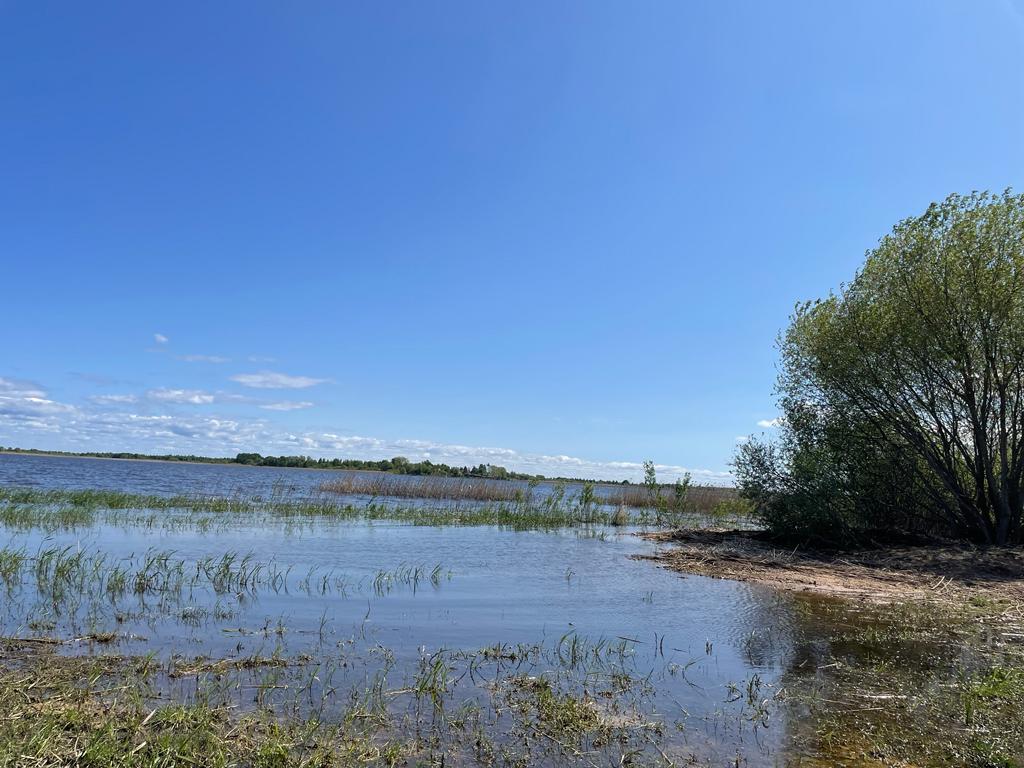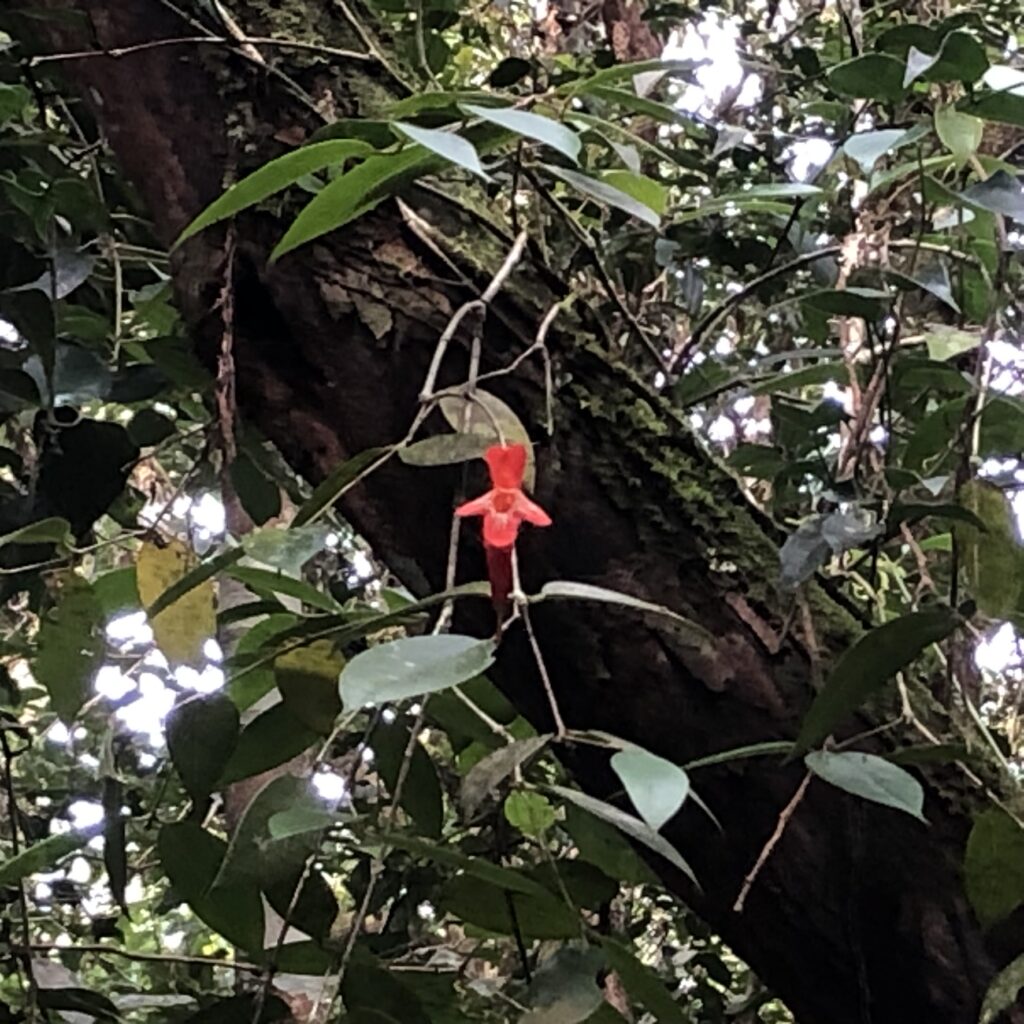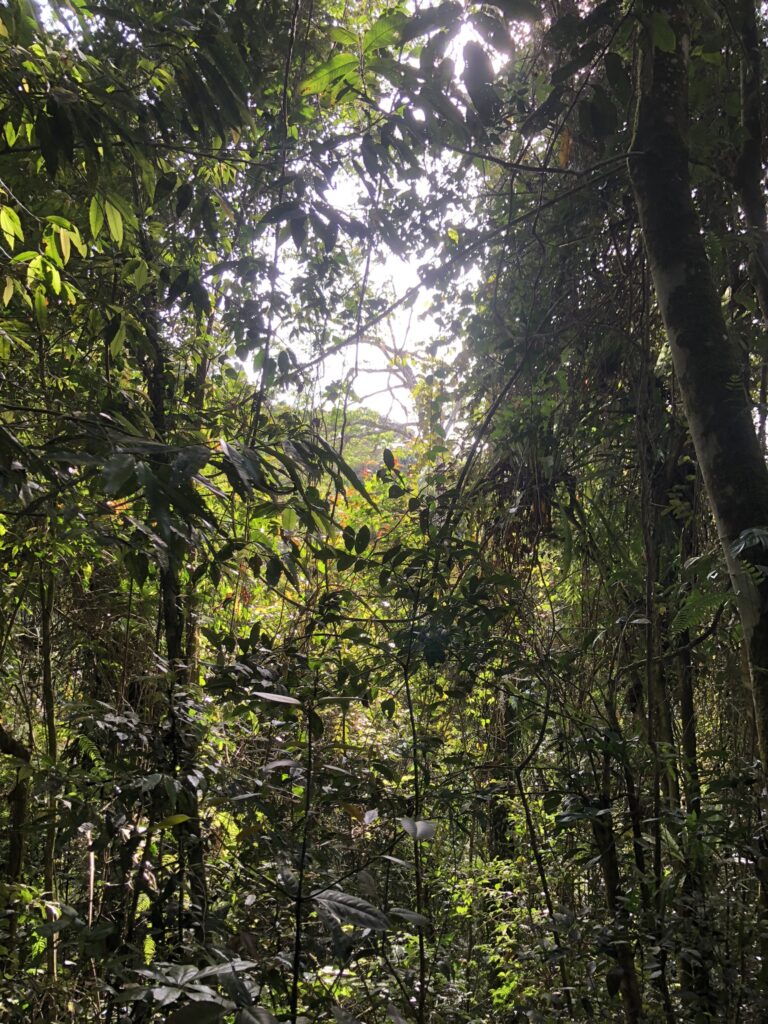‘Mindful pro-activity invites a ‘non-panicking’, playful attitude to our path forward and what is in the way. It means keeping a beginner’s mind and combining it with the voice and wisdom of our experience’

Dear Integral Meditators,
In last weeks article I cited ‘being pro-active in the face of life’s challenges’ as being a characteristic of someone with good self-leadership & leadership skills. In this week’s article I dive a little deeper into what that means, and how you can start practicing it.
If you enjoy the article, then do check out the mindful self-leadership workshop & six week course that I’ll be putting on in June.
Final heads up for this week’s annual Wesak meditation on Tuesday & Wednesday evening. Your welcome either live or online!
In the spirit of mindful pro-activity,
Toby
Pro-activity in the face of life
One quality that I think is important in enabling confidence and self-leadership capability is to be pro-active in the face of life’s challenges and uncertainties. What does that mean? Three aspects of this are important I think: Trusting your own intelligence, taking the initiative, and being responsive or creative.
- To trust your own intelligence means that in the face of something unknown or difficult, you maintain confidence in your perception and ability to work things out through considered trial and error
- Taking the initiative means you actively look out for the problems and challenges that you face and that prevent you from getting to where you want to go. You initiate possible solutions and ways forward before things become critical, and you are then forced to confront what you have been avoiding
- Being responsive and creative describes a ‘non-panicking’, playful attitude to our path forward and what is in the way. It means keeping a beginners mind and combining it with the voice and wisdom of our experience. Responsive indicates an acceptance of the realities of the situation, facing them squarely and then letting our intelligence and creativity work from there.
What pro-activity is it not
Resisting or repressing – Active resistance and repression of our awareness of problems is active (even if only unconsciously), but not pro-active. It gets in the way of moving forward in life rather than assists.
Reacting or being impulsive – Mindful pro-activity is thoughtful and considered. Because of this it is intelligent and creative. Reactivity and impulsivity, even when accompanied by swift and sometimes aggressive action generally takes us away from solutions and realizing the potential opportunities in a situation.
Breathing pro-actively, a short exercise
As you breathe through your nose over the course of a few breaths, gently flare your nostrils. If you can try and open not just the tips of the nostrils, but the inner part of the nasal cavity, so that as you breathe in it feels as if there is plenty of space for the air to pass in and then down into the lungs. As you do this feel yourself becoming mentally poised, active and creative around the path that you have ahead of you today, or over the next 24hours.
Once you have a sense of how this inhalation feels, then as you are breathing out, feel yourself becoming relaxed, calm and responsive. You might think of this as a state of ‘calm thoughtful intelligence; you are pro-active, but you are also setting the pace, rather than being forced to rush by anxiety, fear or stress.
So, then the final pattern is:
- Breathing in through open nostrils, connecting to creative pro-activity
- Breathing out connecting to calm and setting your own pace
Stay with this for long enough to let your body-mind get a feeling of what it is like to be in a state of calm pro-activity. Then when you are ready, finish. Try and keep this feeling with you as you go through your daily journey, being gently pro-active in the face of what arises!
Related article: Becoming a Self-determining entity – Five stages to mindful self-leadership
Self-responsibility – Becoming a self-determining entity
© Toby Ouvry 2023, you are welcome to use or share this article, but please cite Toby as the source and include reference to his website www.tobyouvry.com
All upcoming classes and workshops at IMA:
Ongoing – Weekly Tuesday, Wednesday Online class schedule
Ongoing on Wednesday’s, 7.30-8.30pm – Wednesday Meditation for stress transformation and positive energy with Toby (Bukit Timah)
Ongoing on Tuesday evenings, 7.30-8.30pm – Tuesday Meditation for stress transformation and positive energy with Toby (East Coast)
Ongoing Tues/Weds, 7.30-8.30pm – Meditations for thriving and energy creation – An eight week course
Tues 30th/Weds 31st May – Wesak meditation
Saturday June 10th, 9.30am-12.30pm – Mindful Self-Leadership: A Three-hour mindfulness & meditation workshop
Starts Tues/Weds, June 13th/14th – Becoming a self-determining entity – A six-week course in Mindful Self-Leadership
Saturday June 24th, 9.00am-5pm – Taoist Breathwork Day Meditation Retreat
Integral Meditation Asia
Online Courses * 1:1 Coaching * Books * Live Workshops * Corporate Mindfulness Training *Life-Coaching * Meditation Technology



